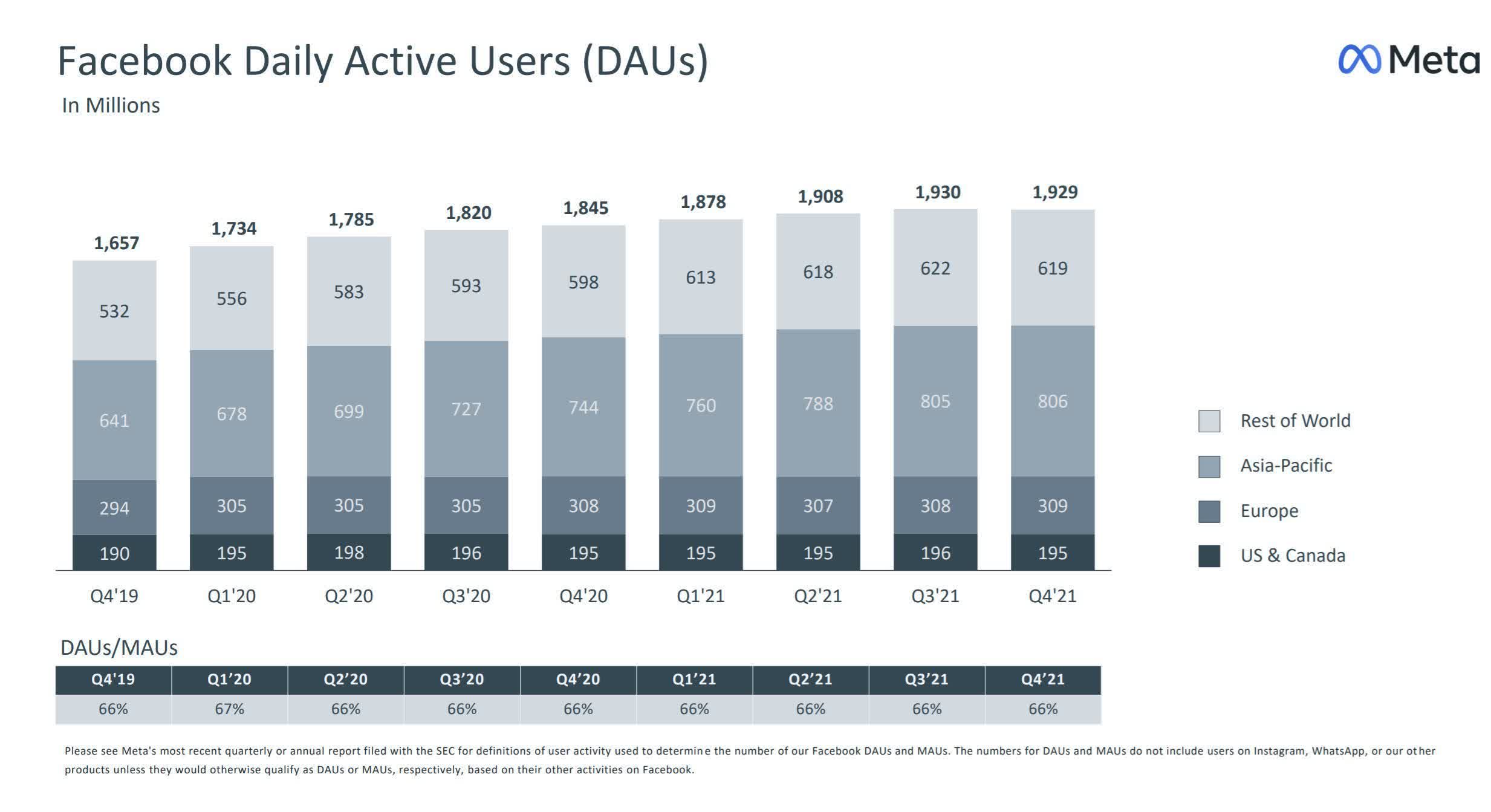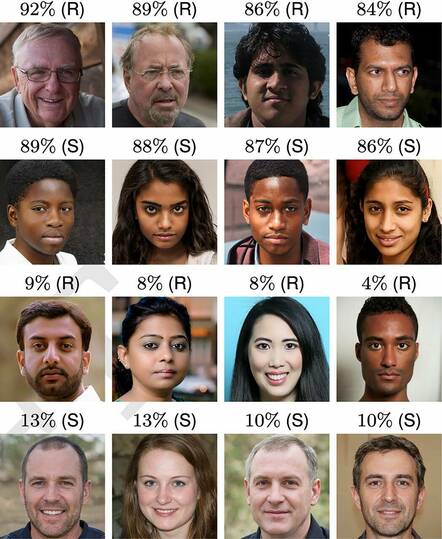Fixer tells of meeting with Prince Charles’s aide to discuss Saudi honour
Prince’s Foundation middleman says in 2014 he attended talk about award for billionaire donor

Clarence House has said Prince Charles had no knowledge of allegations of offers of honours.
Photograph: Kirsty O’Connor/AFP/Getty Images
Jon Ungoed-Thomas
Sun 20 Feb 2022
A businessman involved in arranging donations for Prince Charles’s charitable ventures has confirmed how a 30-minute meeting at Clarence House helped secure an honorary CBE for a Saudi billionaire, which is now at the centre of a police investigation.
Michael Wynne-Parker, who acted as a middleman for donations for the Prince’s Foundation, attended a meeting in September 2014 with Royal aide Michael Fawcett. A key topic of the meeting was the ambition of securing an honour for the Saudi billionaire and charity donor Mahfouz Marei Mubarak bin Mahfouz.
Wynne-Parker, 76, said he entered Clarence House, the official residence of Prince Charles and the Duchess of Cornwall, by a rear entrance and was ushered into a small office for a meeting attended by Fawcett, then chief executive of the Prince’s Foundation.
William Bortrick, a society fixer who was helping Mahfouz, and an official at Dumfries House, a historic country house in Scotland which is one of Prince Charles’s key projects, were also at the meeting.
The agenda was forging the links between Mahfouz and Dumfries House, part of the Prince’s Foundation, according to notes of the meeting revealed last year by the Sunday Times. It was also a logistics meeting on how best to secure an honour for Mahfouz, who was a major donor for Dumfries House.
Within six months, a nomination was submitted to the Foreign Office for the honorary award for a foreign national. In November 2016, Mahfouz was given the honour in a private investiture at Buckingham Palace.
“It was amazing,” said Wynne-Parker. “I was shocked when I suddenly saw the reality later. They acted very quickly, as always is usual with Fawcett. I wasn’t surprised in one sense because of what seemed like Fawcett’s magical powers.”
Clarence House has said Charles had no knowledge of allegations of offers of honours on the condition or basis that donations were made to his charitable projects.

Jon Ungoed-Thomas
Sun 20 Feb 2022
A businessman involved in arranging donations for Prince Charles’s charitable ventures has confirmed how a 30-minute meeting at Clarence House helped secure an honorary CBE for a Saudi billionaire, which is now at the centre of a police investigation.
Michael Wynne-Parker, who acted as a middleman for donations for the Prince’s Foundation, attended a meeting in September 2014 with Royal aide Michael Fawcett. A key topic of the meeting was the ambition of securing an honour for the Saudi billionaire and charity donor Mahfouz Marei Mubarak bin Mahfouz.
Wynne-Parker, 76, said he entered Clarence House, the official residence of Prince Charles and the Duchess of Cornwall, by a rear entrance and was ushered into a small office for a meeting attended by Fawcett, then chief executive of the Prince’s Foundation.
William Bortrick, a society fixer who was helping Mahfouz, and an official at Dumfries House, a historic country house in Scotland which is one of Prince Charles’s key projects, were also at the meeting.
The agenda was forging the links between Mahfouz and Dumfries House, part of the Prince’s Foundation, according to notes of the meeting revealed last year by the Sunday Times. It was also a logistics meeting on how best to secure an honour for Mahfouz, who was a major donor for Dumfries House.
Within six months, a nomination was submitted to the Foreign Office for the honorary award for a foreign national. In November 2016, Mahfouz was given the honour in a private investiture at Buckingham Palace.
“It was amazing,” said Wynne-Parker. “I was shocked when I suddenly saw the reality later. They acted very quickly, as always is usual with Fawcett. I wasn’t surprised in one sense because of what seemed like Fawcett’s magical powers.”
Clarence House has said Charles had no knowledge of allegations of offers of honours on the condition or basis that donations were made to his charitable projects.

Dumfries House in East Ayrshire, part of the Prince’s Foundation.
Photograph: Danny Lawson/PA
In August 2017, Fawcett wrote to an aide of Mahfouz offering to try to help him secure a knighthood and British citizenship, in addition to the award he had already received. The letter said the assistance was being offered “in light of the ongoing and most recent generosity of His Excellency”.
The meeting at Clarence House, the subsequent arrangements around the awarding of the CBE and the offer to try to secure a knighthood are likely to form key parts of the investigation announced by the Metropolitan Police last week into alleged offences under the Honours (Prevention of Abuses) Act 1925.
Wynne-Parker said there was a long tradition of charitable donors receiving honours. He said he was not aware and had no knowledge of Mahfouz being offered an honour on the condition of giving donations.
He said: “There was nothing inherently wrong with what happened. If people have got spare cash and they want to give it to a charity and they get a gong, there’s nothing wrong with it.”
Christopher Sallon QC, a barrister at Doughty Street Chambers, said an offence would be committed under the Honours (Prevention of Abuses) Act 1925 where there was a formal agreement or an understanding between the parties that an honour would be provided in exchange for a donation. The maximum sentence under the act is two years’ imprisonment and/or a £500 fine.
He said there was a high evidential bar for a successful prosecution. He said: “There must be an agreement or understanding between the parties or at least an attempt by one party to obtain a reward in exchange for an honour or an offer by another part to give such an award.”
Norman Baker, the former Liberal Democrat MP, whose complaint in September last year triggered the police inquiry, said he considered there was a prima facie case to be investigated based on the August 2017 letter which was first revealed by the Mail on Sunday. He said: “The whole honours system now needs to be tightened up.”
Fawcett resigned last year as chief executive of the Prince’s Foundation. An independent investigation commissioned by the charity found evidence that co-ordination took place between Fawcett and others regarding honours nominations. It said there was no evidence trustees were aware of these communications.
The Prince’s Foundation said last week it was inappropriate to comment on an ongoing investigation, but it was reported that a source close to Prince Charles said he would be happy to help with the police investigation if asked.
In August 2017, Fawcett wrote to an aide of Mahfouz offering to try to help him secure a knighthood and British citizenship, in addition to the award he had already received. The letter said the assistance was being offered “in light of the ongoing and most recent generosity of His Excellency”.
The meeting at Clarence House, the subsequent arrangements around the awarding of the CBE and the offer to try to secure a knighthood are likely to form key parts of the investigation announced by the Metropolitan Police last week into alleged offences under the Honours (Prevention of Abuses) Act 1925.
Wynne-Parker said there was a long tradition of charitable donors receiving honours. He said he was not aware and had no knowledge of Mahfouz being offered an honour on the condition of giving donations.
He said: “There was nothing inherently wrong with what happened. If people have got spare cash and they want to give it to a charity and they get a gong, there’s nothing wrong with it.”
Christopher Sallon QC, a barrister at Doughty Street Chambers, said an offence would be committed under the Honours (Prevention of Abuses) Act 1925 where there was a formal agreement or an understanding between the parties that an honour would be provided in exchange for a donation. The maximum sentence under the act is two years’ imprisonment and/or a £500 fine.
He said there was a high evidential bar for a successful prosecution. He said: “There must be an agreement or understanding between the parties or at least an attempt by one party to obtain a reward in exchange for an honour or an offer by another part to give such an award.”
Norman Baker, the former Liberal Democrat MP, whose complaint in September last year triggered the police inquiry, said he considered there was a prima facie case to be investigated based on the August 2017 letter which was first revealed by the Mail on Sunday. He said: “The whole honours system now needs to be tightened up.”
Fawcett resigned last year as chief executive of the Prince’s Foundation. An independent investigation commissioned by the charity found evidence that co-ordination took place between Fawcett and others regarding honours nominations. It said there was no evidence trustees were aware of these communications.
The Prince’s Foundation said last week it was inappropriate to comment on an ongoing investigation, but it was reported that a source close to Prince Charles said he would be happy to help with the police investigation if asked.









